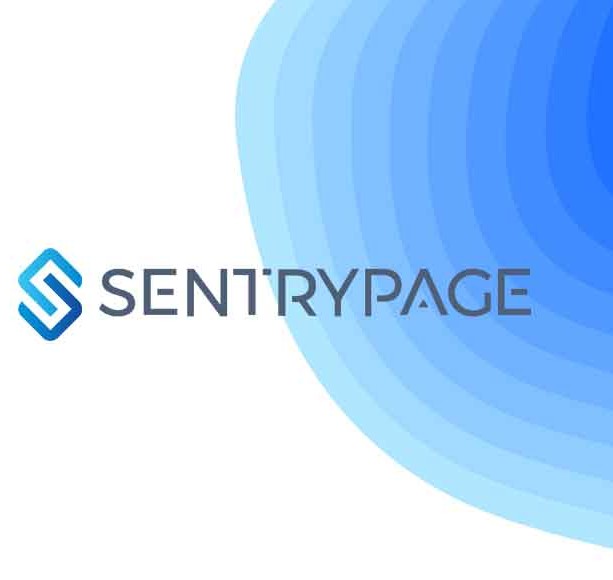
Singapore Cybersecurity Act: Safeguarding the Nation's Digital Landscape
What is the Cybersecurity Act in Singapore?
The Singapore Cybersecurity Act, officially known as the Cybersecurity Act 2018, was passed on 5th February 2018 and came into effect on 31st August 2018. The act was established as part of Singapore's ongoing efforts to enhance its cybersecurity resilience and capabilities. The Act empowers the Cyber Security Agency of Singapore (CSA) to oversee and coordinate cybersecurity efforts across the nation. It provides a robust regulatory framework to safeguard critical information infrastructures (CIIs) and essential services against cyber threats.
Key Objectives of the Cybersecurity Act:
Strengthening Cyber Resilience: The primary objective of the Cybersecurity Act is to enhance Singapore's ability to withstand and respond effectively to cyber threats and attacks. By developing a proactive cybersecurity posture, the nation can minimize the impact of cyber incidents on both public and private sectors.
Protecting Critical Information Infrastructures (CIIs): The act aims to identify and safeguard CIIs, which are deemed crucial to the nation's functioning. These CIIs include sectors such as energy, telecommunications, banking and finance, healthcare, transportation, and government services. Protecting these CIIs is vital as a cyber attack on any of them could have severe consequences for the nation's economy and well-being.
Promoting Collaboration: The Cybersecurity Act promotes collaboration between the government, businesses, and individuals. It encourages sharing of threat intelligence, best practices, and information on cyber incidents to strengthen overall cybersecurity resilience in Singapore.
Essential Services under the Cybersecurity Act:
The Cybersecurity Act designates certain sectors as essential services, recognizing their critical role in the functioning of the nation. The act classifies essential services into two categories:
Specified Essential Services (SES): a. Water Supply and Treatment b. Energy (Electricity and Gas) Supply c. Information and Communications Technology (ICT) Services (e.g., internet service providers) d. Banking and Finance e. Healthcare (including hospitals and medical clinics) f. Aviation g. Maritime
Other Essential Services (OES): a. Land Transport b. Media (broadcasting services) c. Security and Emergency Services
The designated essential service providers have specific responsibilities under the Cybersecurity Act. They are required to comply with regulatory requirements, report cybersecurity incidents to the CSA, and undergo periodic cybersecurity assessments to ensure the robustness of their security measures.
Conclusion
In the face of growing cyber threats, the Singapore Cybersecurity Act plays a crucial role in protecting the nation's digital landscape. By identifying and securing critical information infrastructures and essential services, the act enhances Singapore's resilience against cyber attacks. The Act's emphasis on collaboration between public and private sectors further reinforces the nation's ability to respond effectively to cyber incidents. As technology continues to advance, the Singapore Cybersecurity Act remains a cornerstone in ensuring a secure and thriving digital environment for the nation and its citizens.
Monitoring suspicious threats on your websites is aligned with Cybersecurity Act. Use defacement monitoring tool like SentryPage to know the threat faster, in order to make faster decision as well.
